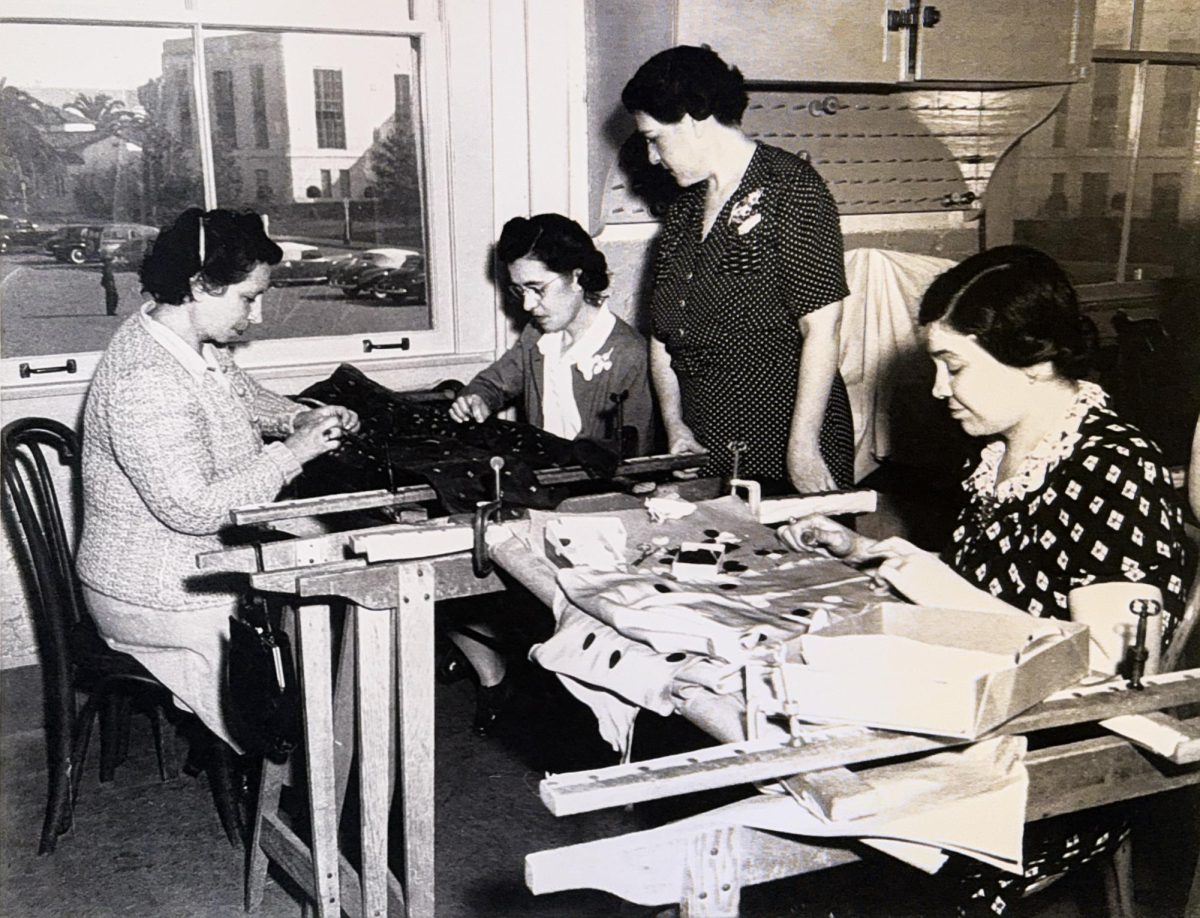 In Isla Vista and on the East Side, the county has assisted in setting up tiny homes and cleaning up living areas for homeless individuals in Santa Barbara.
In Isla Vista and on the East Side, the county has assisted in setting up tiny homes and cleaning up living areas for homeless individuals in Santa Barbara.
This is a great first step towards improvement but should not be the only way we rehabilitate the homeless population in Santa Barbara.
The nation has experienced three years of increased homelessness and the COVID-19 pandemic has only made finding consistent housing more difficult for those most affected.
To combat these rising numbers, California used $150 million from its federal CARES funding for Project Roomkey. The fund uses motel rooms to house the most vulnerable among the homeless population and solves the short-term problem of taking people off the street.
However, getting homeless individuals to re-enter the workforce requires alternative solutions.
Education is directly correlated with employment and should be the first route towards improvement.
According to the U.S Bureau of Labor Statistics, the average weekly earnings for workers without a college degree is $504. In the absence of schooling, homeless children can be more likely to stay in the cycle of poverty and homelessness as adults.
Lack of education is extremely detrimental to homeless populations. In the absence of schooling, homeless children can be more likely to stay in the cycle of poverty and homelessness as adults.
Finding a job can be very difficult without an education. The U.S Bureau of Labor Statistics shows that individuals with less education than a high school diploma had an unemployment rate of 7.4%, the highest of any group.
Our county should provide free and easily accessible education for the individuals being housed under Project Roomkey.
I currently receive free education at City College via the Promise Program.
A similar aid package should be provided to homeless individuals seeking an education. This would help them find interests and reenter the workforce.
A study by the U.S Department of Health and Human Services shows supportive housing helps the disabled live a stable life and reduces their use of costly public safety initiatives like healthcare and corrections.
According to Santa Barbara County, the homeless population consumes a little more than 50% of all services provided due to their continued movement through the assistance system.
To combat this, Social Services should work alongside housing development agencies to initiate care while homeless people are relatively stable with a roof over their heads. The Workforce Investment Act assists dislocated workers by providing them training and employment opportunities. The design specifically addresses employment and a steady income as a way to support people who are homeless.
In addition to Project Roomkey, Santa Barbara County should fund a similar program. Health services and employment assistance must be paired with housing developments in order to maximize outreach.
If we continue to house the homeless population without giving them the skills needed to reenter society and the workforce then the Santa Barbara housing projects will only serve as a short-term solution.








